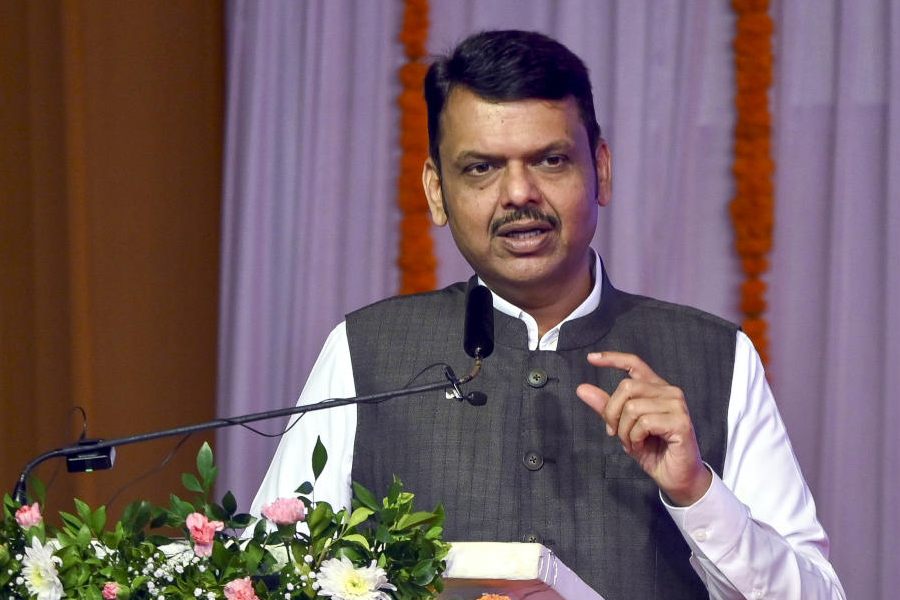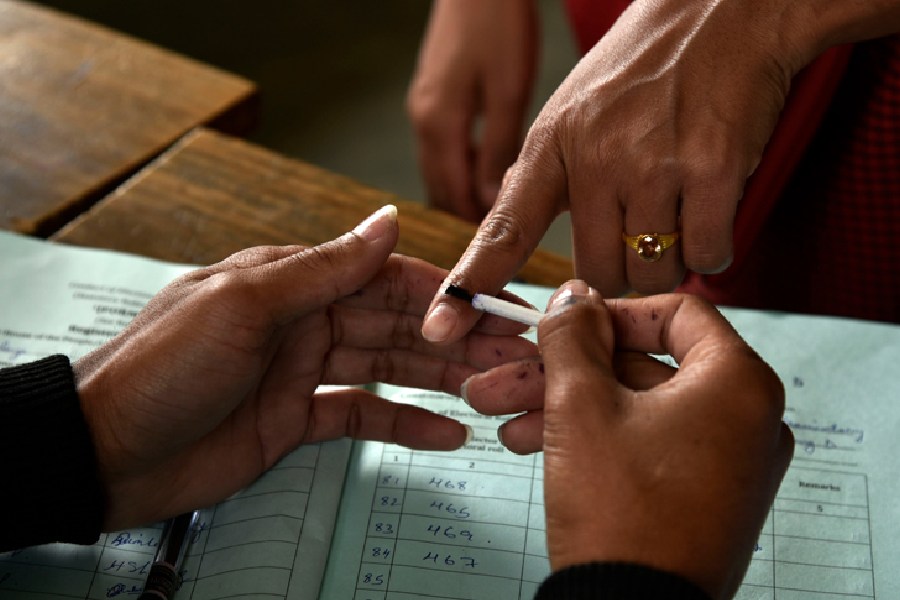The Council for the Indian School Certificate Examinations (CISCE) has released a handbook on inclusive education to help teachers identify and support children with special needs and address diversity in their classrooms.
The handbook aims to assist schools in “strengthening and advancing their inclusive education systems”, the council stated in a circular sent to school heads on Tuesday.
“This handbook is designed as a practical guide to support educators in implementing inclusive education (IE) within the diverse classrooms of CISCE-affiliated schools… It seeks to raise awareness and empower educators to identify and support children with special needs (CwSN),” the circular said.
It expands the idea of inclusive education and outlines strategies for including all children, regardless of learning needs, socio-economic backgrounds, or gender. It is designed to encourage an empathetic, supportive approach “so that no child is left behind”.
The 123-page handbook seeks to create a sense of belonging by including all students in the same environment and encouraging interaction to develop social skills.
Learning and play among children with and without diabilities help build empathy and understanding, the handbook states.
Barriers & fixes
The council has identified three main barriers to inclusive education — infrastructural, attitudinal, and social — and suggested interventions for each.
Infrastructure-related interventions include tactile flooring for visually impaired students, signage with contrasting colours and fonts, and flexible seating based on learning needs.
Social interventions include classroom activities that promote respect and acceptance among peers, as well as anti-bullying programmes.
“The council has included activity sheets for teachers based on real-life situations. These will help teachers relate to situations in their classrooms, understand the barriers, and plan appropriate interventions,” said Mousumi Saha, principal of National English School, Calcutta.
Student diversity
The handbook also highlights the importance of gender and socio-economic diversity in inclusive classrooms.
It recommends strategies that are culturally sensitive and encourage children to share aspects of their customs and traditions with peers.
Some parents may struggle to understand their child’s LGBTQ+ identity. The handbook suggests schools invite professionals to address such concerns and help educate parents about sexual orientation and gender identity.
Hurdles & suggestions
Some school heads said they face resistance from families.
“In some cases, parents are in denial and we have to counsel them. But despite that, some parents do not want their child to be tested for disabilities, and precious time is lost, delaying intervention,” said Seema Sapru, principal of The Heritage School.
To promote the inclusion and equal participation of children with disabilities, the council has made several proposals for schools:
- Recruit special educators with cross-disability training
- Ensure barrier-free access with necessary accommodations and support mechanisms
- Provide assistive devices and appropriate technology-based tools
- Offer teaching and learning materials in accessible formats such as large print and Braille
The council expects schools to consider these measures while working towards more inclusive education practices.










